 The Department of Truth Vol. 4: The Ministry of Lies
The Department of Truth Vol. 4: The Ministry of Lies
Writer: James Tynion IV
Artist: Martin Simmonds
Letterer: Aditya Bidikar
Designer: Dylan Todd
Editor: Steve Foxe
Publisher: Image Comics
The Department of Truth posits that reality is determined by belief, rooting that premise in everything from Tulpas to postmodern ontology. And in the world of the comics industry, there appears to be no greater Tulpa than the one James Tynion IV has created for himself.
Upon release, The Department of Truth became one of the biggest successes in all of creator owned comics. The first issue has sold well over 500,000 copies and has six printings, not to mention the near immediate sellout of the first trade paperback. In the midst of a pandemic, and on the heels of an internet conspiracy based political upheaval, this series captured the zeitgeist more fiercely than perhaps any other comic of the era.
This decade truly belongs to Tynion for his part in everything from Batman and Something is Killing the Children, all the way to substack and TV deals. I cannot overstate the success and the business acumen that led us here on a 22-issue journey that felt like it was always on the cusp of the most important social commentary in the medium. Tynion is a force of nature, a man who seems like he’s able to manifest a world that’s hungry for his specific blend of horror comics. And like many masters of the macabre before him, he eventually struggles to feed the appetite he has created.
By now we all believe in James Tynion IV, we believe in the idea of the man, to the point where Tynion may as well be a genre unto himself. But the trouble with Tulpas is that they are maintained by belief, and so that belief must constantly be reinforced, rewarded, or justified. As we enter this latest chapter of The Department of Truth, I think I am seeing a crack in Tynion’s ability to make me believe.
The Department of Truth Vol 4 collects issues #18 – 22, after which the series went on hiatus and left us with the duel reveals of the Ministry of Lies and Cole’s plan to finally get ahead of Black Hat. But the tension here is that the events set forth lend themselves to a fairly natural conclusion to the series, even though the entire volume feels like nothing but circling the same pitch document for the series over and over again. This volume is, ad nauseam, a repetition of what we ought to believe, that The Department of Truth is still convincing horror, that the series is still at the edge of political thriller storytelling, and that indeed something new, something scary, is always blooming. It keeps fueling us with the idea that the premise writes itself, that the story is always going to be important, but it never does anything else. It just keeps asserting “trust Tynion, this is a good concept.”
And yet when we shed those expectations and see the collection of facts before us, with The Department of Truth Vol. 4 I can’t help but think we’ve been fed by empty promises and left with very little substance outside of the conspiracy we’ve been webbed up in. By now, everyone reading along with this series understands the premise as beliefs being able to manifest truth, and a secret government organization nudging people and influencing society to have an acceptable set of beliefs. The formula for every story is the same: exposition about a specific conspiracy theory, and then revelations about how people’s belief brought it to life with the help of society wide manipulation of the media. In large part, that’s volume 1. But volume 2, 3 and now 4 don’t seem to be doing anything more than that. Where we previously learned the secret history of the creation of Bigfoot, here we learn the secret history of Mothman. And while that’s still packed with some entertainment value and good horror moments, it feels like the book has narratively stopped. Rather than evolving the premise with the characters’ slow realizations about who they work for, who their fighting and the cost of these secrets on people’s lives, the book instead places a majority of its emphasis on more secret histories of conspiracy theories where the denouement is just another rehashing of the premise.
Everything in the world is a consequence of our belief. But then what?
In one sense, the book has a horror anthology mentality, where the plot at the center with Black Hat is really just a device to slowly explore individual conspiracy theories and the different influences that have cultivated them over the years. In the case of Mothman, the goal was to cultivate a belief in UFOs but the ambiguity of using the media to fuel speculation of a mysterious flying object yielded something shrouded in mystery, absent of intention. Like Bigfoot, the idea to believe in something regardless of what allowed Mothman to be. On the other hand, Fort Knox is a coincidently unified belief without the need for much nudging. Everyone has the same idea of Fort Knox and so the Department of Truth is able to use that by simply not attempting to influence society anymore than they already are.
The trouble is that these individual conspiracies are not used to their fullest, with stories built around their mass manipulation or the devices with which we allow ourselves to be brainwashed. Rather, they operate here as more repetition of the premise, over and over telling us how this world operates rather than honing in on the emotional toll and political implications of these beliefs. Fort Knox is a plot device to deliver us information about the Ministry of Lies. It is not, disappointingly, an emotional unraveling at the depravity of the internet or the consequence of the media industry like the False Flag theory was in issue #5.
That said, The Department of Truth Vol. 4 continues to be effective in its use of dread to create a horror comic experience unlike any other. Without the use of jump scares, eerie music, or complex editing, creating effective horror in comics is very different from other mediums. Comics depend on a slow, methodical build up that they are naturally able to take advantage of due to the rhythmic nature of paneling. If done right, you can cultivate dread by slowing down the pace of the story by using more words and then culminating in terrifying images that you’re forced to linger on.
Indrid Cold who arrives alongside the origin of Mothman is perhaps the best example of this, where the issue is told primarily through interview transcripts and you only see a clear image of him a couple times in the form of full page splashes that focus in on his very specific, unsettling smile.
In these respects, where The Department of Truth Vol. 4 is attempting to operate on a high level in terms of art, lettering and pace, the series is still the undisputed champion. Martin Simmonds and Aditya Bidikar are among the best comics team for art and lettering. In an interview with Multiversity Comics, Bidikar stated that he appreciates The Department of Truth for allowing him to antagonize the reader. The balloon design and the out of sync outline is I think one good example of this approach, where the effect is to show characters who are speaking out of step with reality, who are perhaps speaking something into existence and the world is struggling to capture the essence of what they say. It’s a strong distillation of the entire concept, where beliefs and reality constitute each other but that process is uneasy, and reality fights back when it can.
By the same measure, Simmonds’ art is impressionistic, the panel borders are imperfect and often bleed into each other. Reality becomes a collage of interactions, only held together by the loose narrative thread of our words lighting the way. That distinct style never leaves the series and is a major contributor to its appeal. Even where the progressive narrative might fail, the art and lettering tell me everything I want to learn and more. And in this respect, I still believe in what Tynion is selling, as he can pace a script just right to keep the horror bubbling out of the corner of your eye, and leaving enough space for the art and letters to be flexible with our interpretation of reality.
I have not given up on the idea of James Tynion IV. But with every invocation of his image, I find myself less and less entranced by his magic. I feel myself in The Nice House on the Lake, Batman, Something is Killing the Children, and now The Department of Truth Vol. 4 always being reminded of what the brand of James Tynion IV is, but I’m becoming less and less convinced as each of these stories reach their complex that the man is able to deliver on the collective idea I have of his work. Perhaps that’s my fault for falling into the trap of belief, of letting myself be nudged by influence rather than agency. But can we ever really escape that influence? How can we stop seeing through our assumptions when it is precisely our assumptions that allow us to see at all?
Yet, like Mothman and BigFoot and the existential problem at the root of all beliefs, I find myself still wanting to believe after reading The Department of Truth Vol. 4, still wanting this all to arrive at a meaning that will justify the whole of this web. Maybe that’s setting myself up for failure, or maybe it’s a chance for Tynion to use his magic on me one more time. Only time will tell.
Final Verdict: BROWSE
Read more trade collection reviews every Thursday in our Trade Rating column!


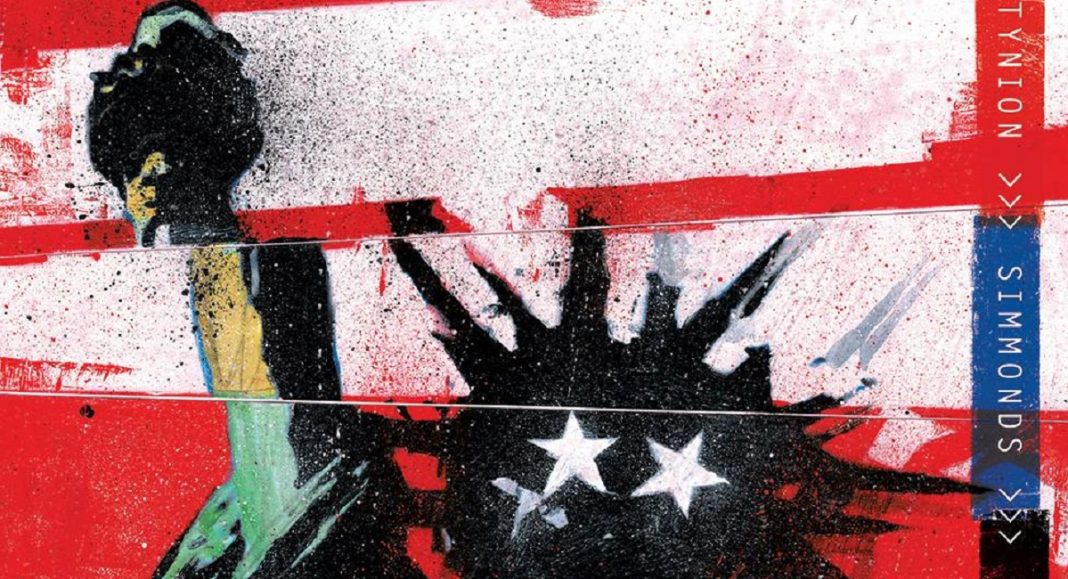
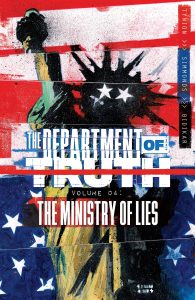
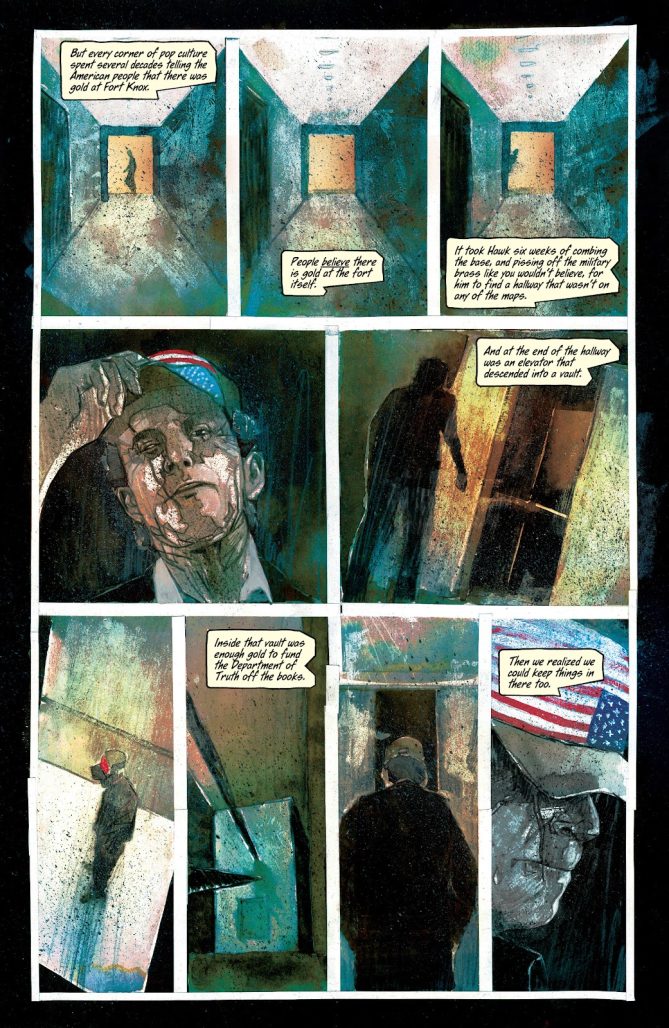
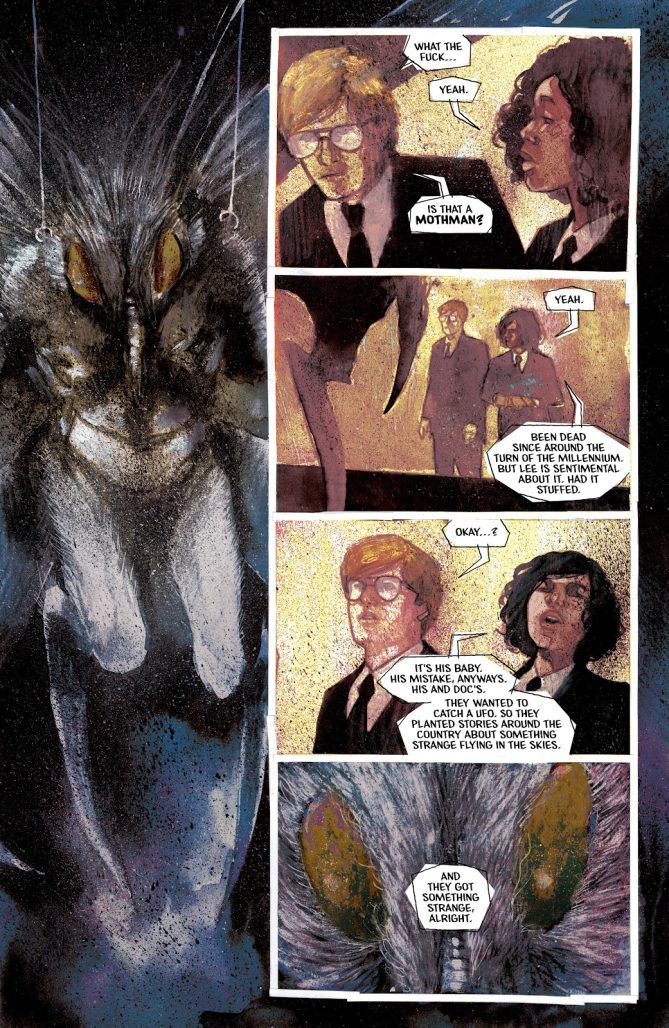
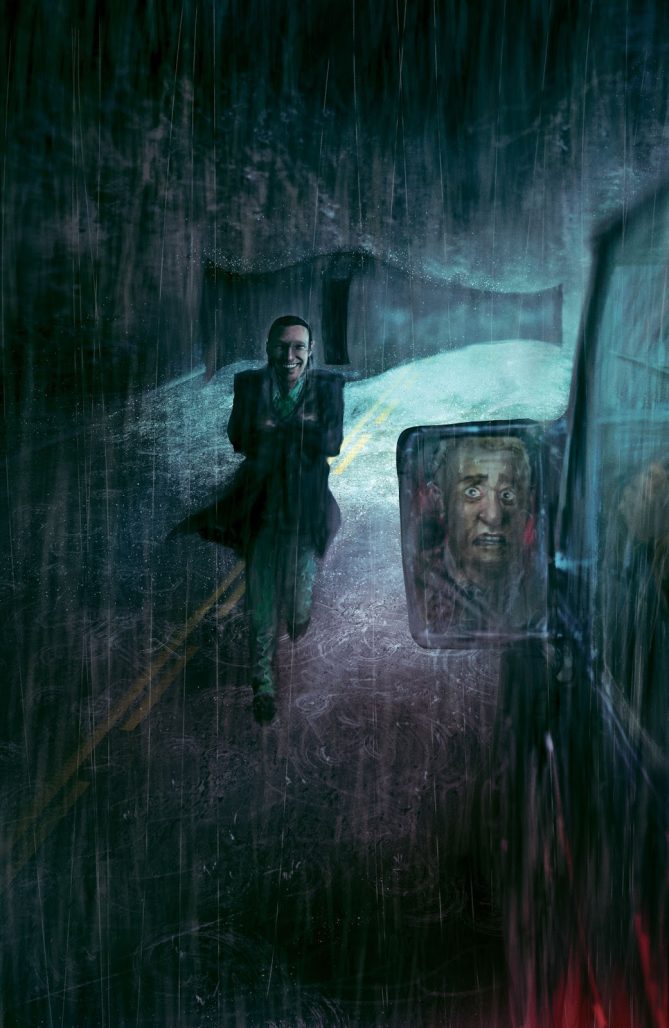
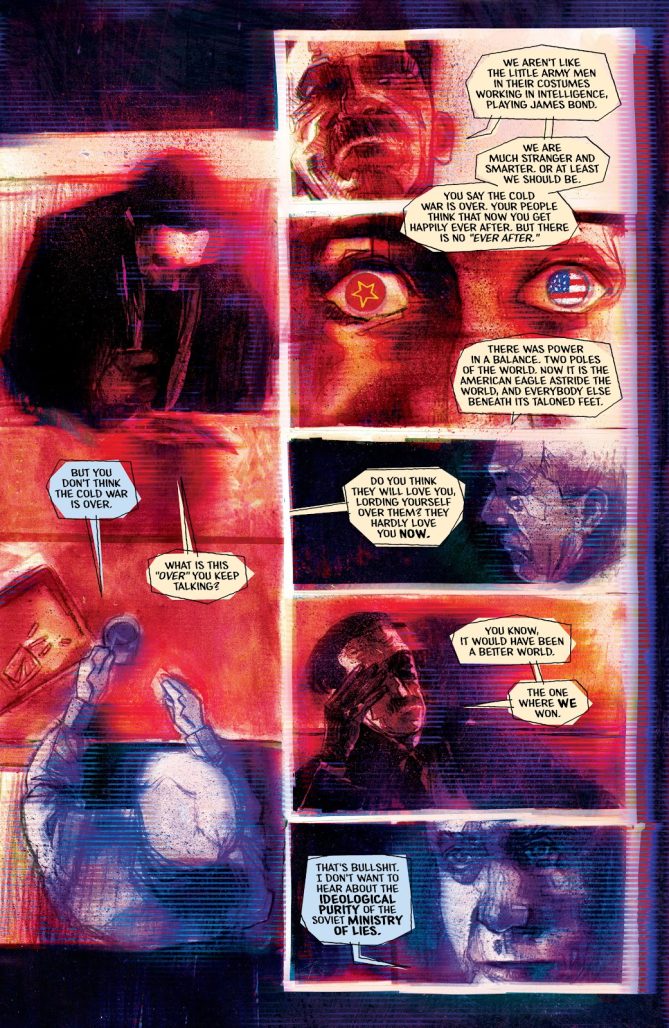

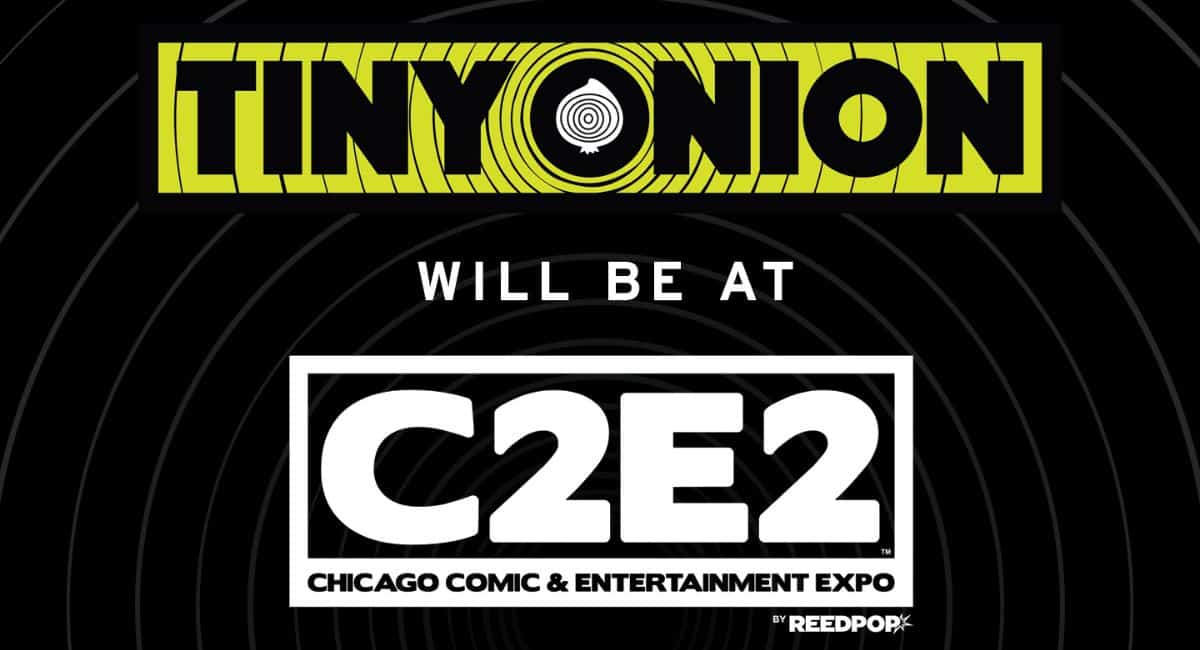
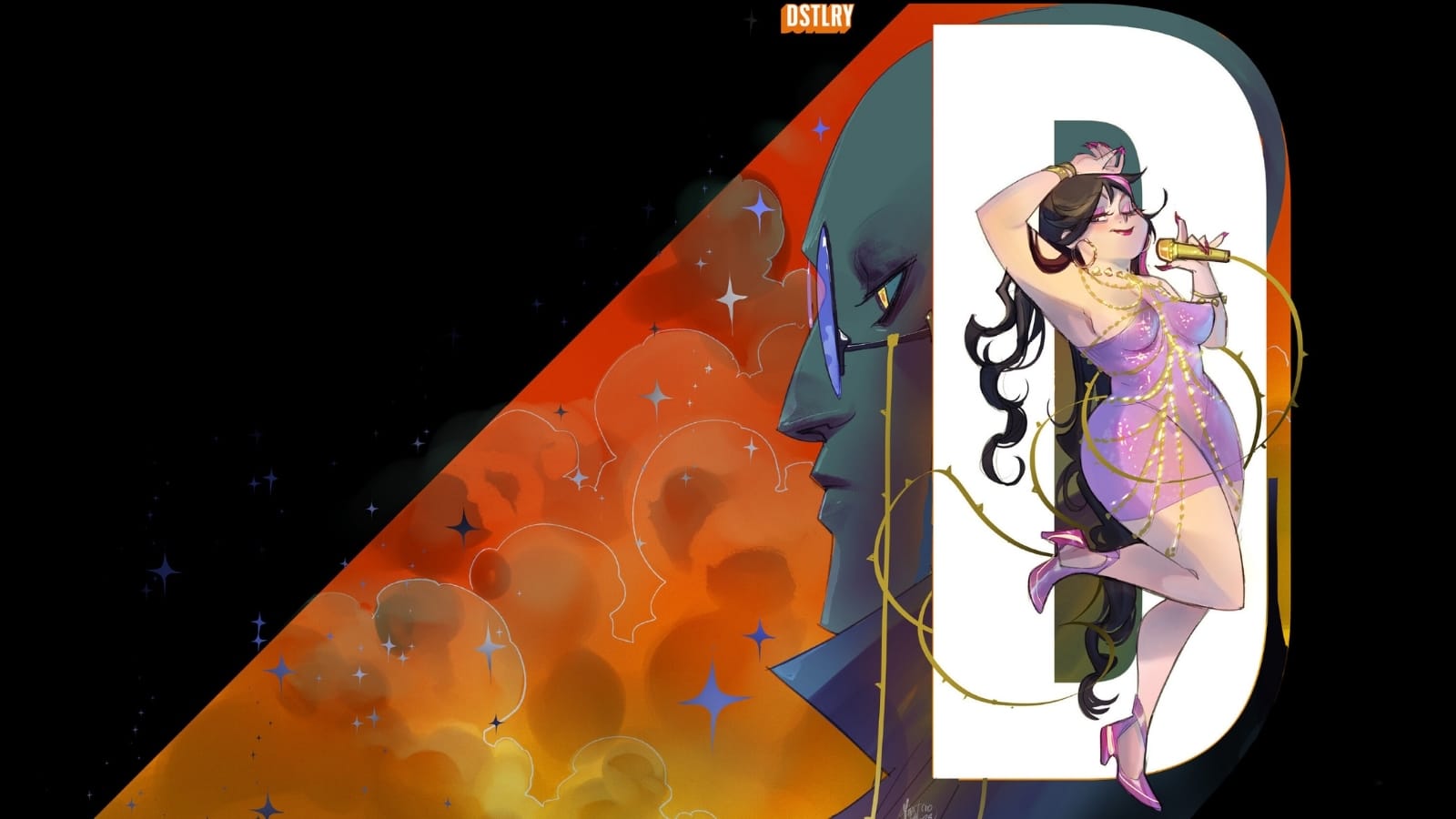
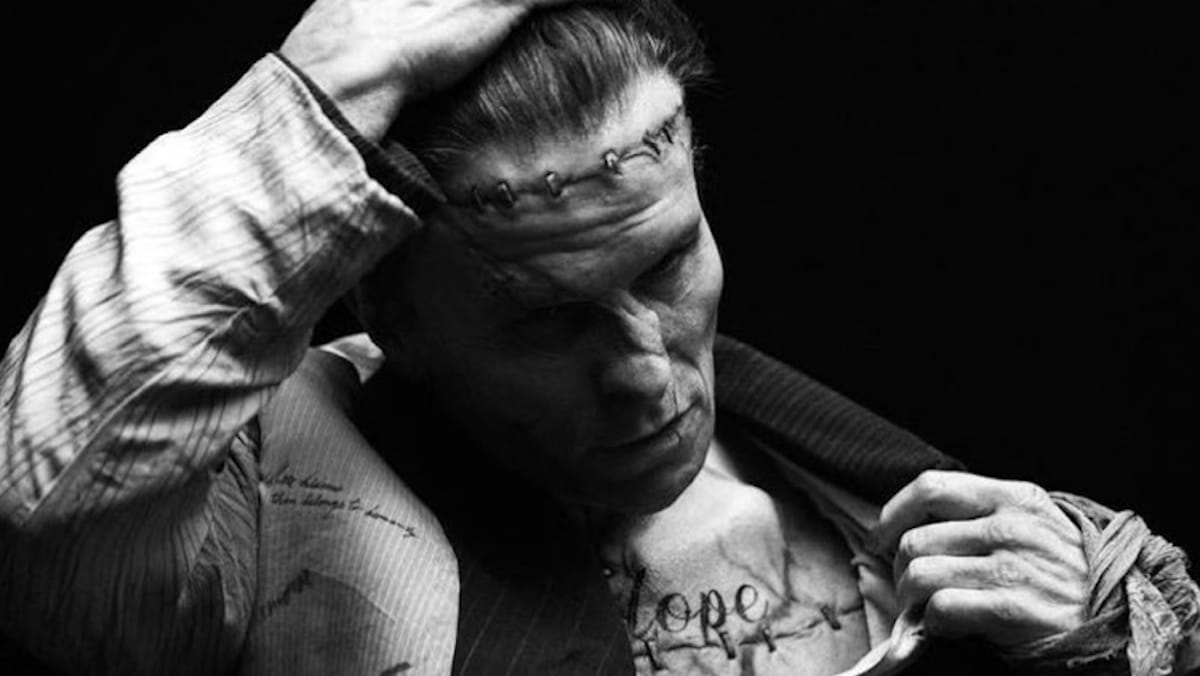


naturally like your web site however you need to take a look at the spelling on several of your posts. A number of them are rife with spelling problems and I find it very bothersome to tell the truth on the other hand I will surely come again again.
Comments are closed.